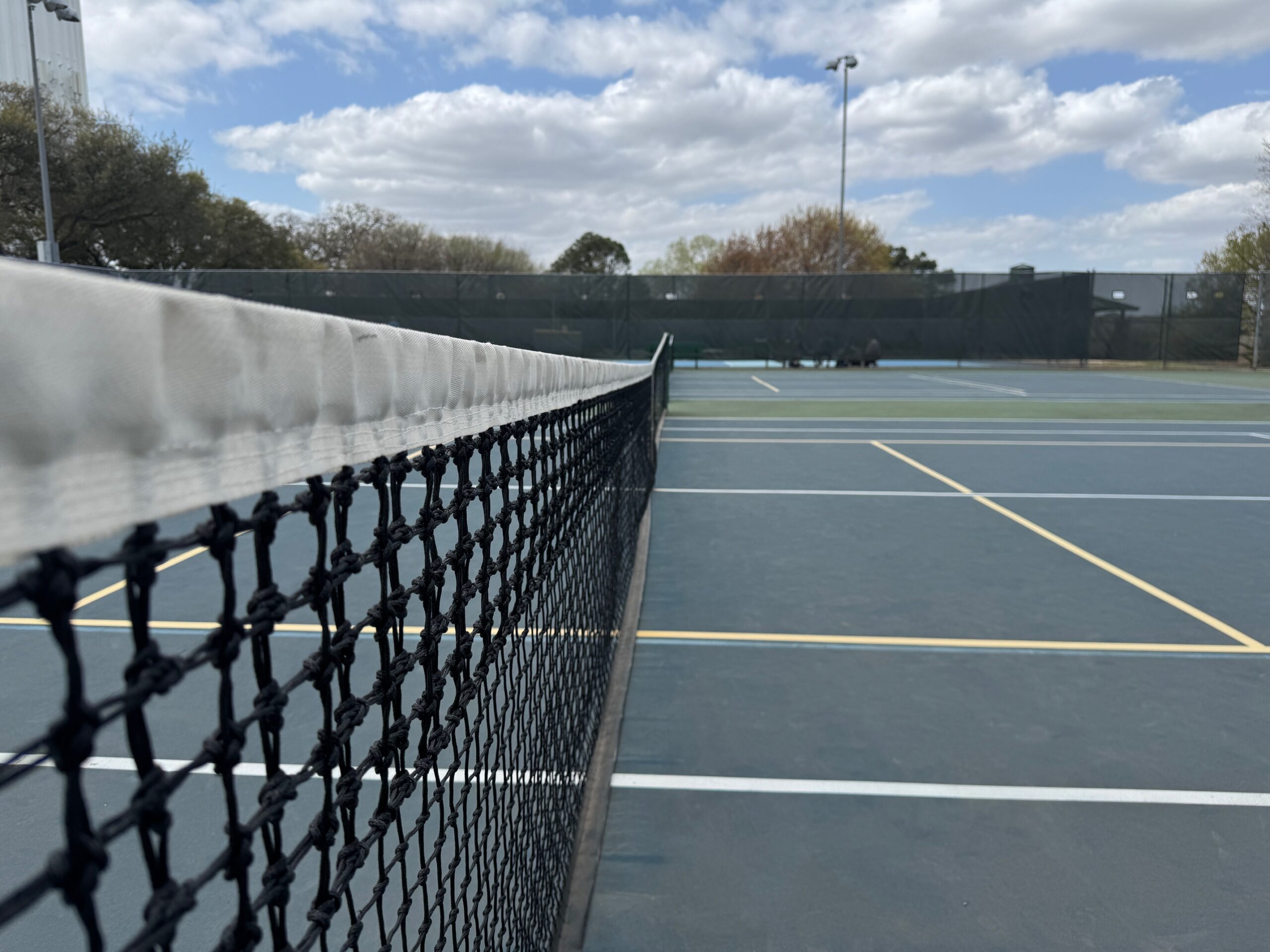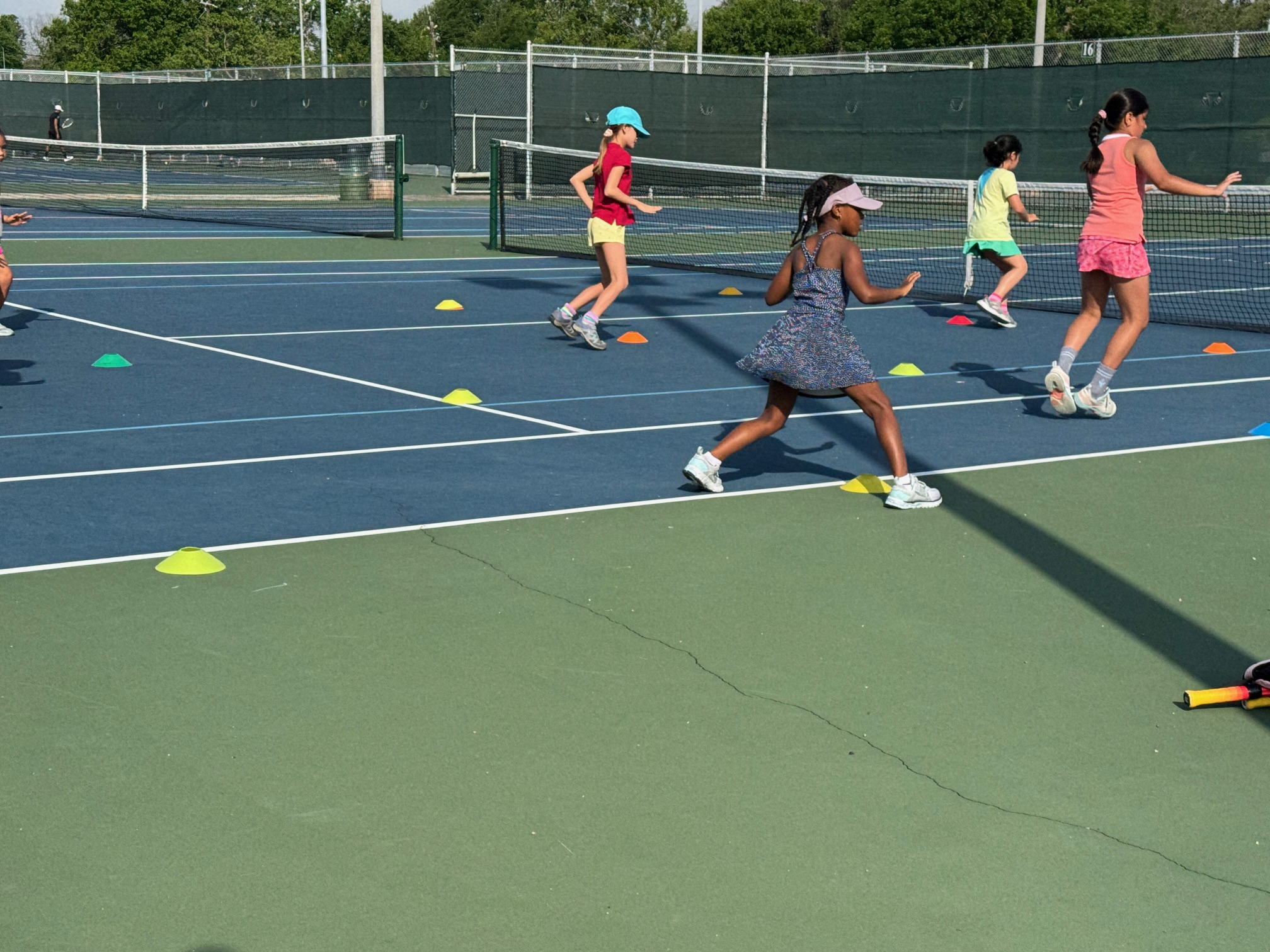Tennis Hits the Books
Pam Shriver’s book is a “Year in the Life” account based on her personal diary from 1985. While technically categorized as an autobiography, it is more accurately regarded as a snapshot of one year presented in sharp relief. Many of the details recorded in the book are not significant in the overall arc of Shriver’s life story. However, every day is a fascinating account of what professional tennis life was like in the mid-1980’s.
There is a polished quality to the writing, which may partially be attributed to Frank Deford, who edited the book. In the Forward, he commented that Shriver provided him with great material to work with. Deford also observes that she would make a great tennis commentator someday. Shriver’s intelligence and vision beyond the court consistently shines through.
What truly makes Passing Shots so compelling is the full knowledge of subsequent history. In the first year of Shriver’s professional career, she made the finals of the 1978 US Open ultimately falling to Chris Evert. It turned out to be the only finals of her career, but there was no way to know that at the time. The goal of winning a Grand Slam Singles title was clearly at the forefront of her mind in this book. While Shriver’s career extended through 1997, she never again made a Grand Slam singles final.
In 1985, Shriver and Martina Navratilova were coming off a year in which they completed the “Calendar Slam” winning all four women’s doubles titles. The degree to which Shriver valued the partnership and the friendship is a consistent theme in the book. Armed with the knowledge that Navratilova would later unseat Shriver as president of the WTA player’s association in 1994 makes the friendship all the more poignant as portrayed in the book.
Shriver was active in the WTA player’s association during the Passing Shots timeframe and she describes the tedium of the meetings and some of the challenges experienced by the WTA tour in 1985. It pulls back the curtain on what it is like from a player perspective to balance competing in events with the duties of serving the organization. It can be a distraction.
Shriver sheds valuable insight into the business and machinations of the professional tennis organizations. She was negotiating representation contracts with ProServe and IMG in 1985. Her clothing sponsorship was not renewed forcing her to change manufacturers. Additionally, her Wimbledon first round match against Anne White and her epic bodysuit was detailed in Passing Shots.
Shriver first started keeping the diary as an exercise in self reflection while taking 10 weeks off due to injury at the start of the 1985 season. As such, the struggle to compete at the highest level while remaining healthy is reflected throughout. She also renders observations on tennis parents and how young women players were pushed so hard by those around them. Shriver correctly predicts that competition limits for teenage players was surely coming, which finally transpired in 1994.
I never would have expected a player diary to be such a compelling read, but Shriver pulls it off. Passing Shots:Pam Shriver on Tour is essential reading for anyone wanting to understand women’s professional tennis in the mid 1980s.
 | Passing Shots: Pam Shriver on Tour |



